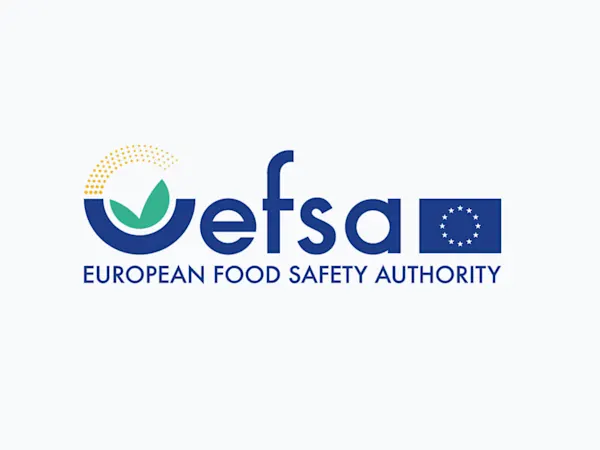
EFSA Seeks Feedback on Overhaul of Weight of Evidence and Biological Relevance Guidance
EFSA launches consultation on updating its Weight of Evidence and Biological Relevance guidance, aiming to streamline chemical risk assessment practices.


The General Court of the European Union has dismissed Evonik Operations GmbH's challenge to the European Commission's decision to classify silanamine, a synthetic silica compound, as a hazardous substance. The judgment, delivered on 27 November 2024, upheld the Commission's classification of silanamine in the "specific target organ toxicity-repeated exposure" (STOT RE) Category 2 hazard class.
The Sixth Chamber of the General Court rejected Evonik's request to annul the European Commission's Delegated Regulation 2022/692, which harmonised the classification and labelling of silanamine. The regulation was adopted under the framework of Regulation (EC) No 1272/2008, which governs the classification and labelling of chemical substances in the EU. The court ruled that the Commission’s classification of silanamine as hazardous was supported by robust scientific evidence and complied with procedural requirements.
The European Chemicals Agency's Risk Assessment Committee (RAC) provided evidence showing silanamine's potential to cause significant lung damage when inhaled repeatedly. The RAC's findings were based on a comprehensive review of experimental animal studies, which identified effects such as pulmonary inflammation, structural tissue damage, and impaired lung function.
Evonik argued that the classification was flawed, alleging procedural errors, such as the absence of a public consultation specifically on the RAC’s opinion and the lack of an impact assessment. The General Court ruled that the Commission adhered to all applicable procedural rules. It clarified that the public consultation on the initial classification proposal fulfilled regulatory obligations and that the RAC acted within its remit to rely on a broad range of scientific evidence.
The court also dismissed claims that the classification criteria were not met. It concluded that the Commission did not commit any manifest error in assessing the risks associated with silanamine or in adopting the regulation.
Foresight continuously tracks 1000s of sources and maps updates to your portfolio:




EFSA launches consultation on updating its Weight of Evidence and Biological Relevance guidance, aiming to streamline chemical risk assessment practices.

The Netherlands refines its list of potential ZZS chemicals to better align with EU assessments, boosting early detection and regulatory foresight.

Germany's CONMAR-Impact study sets new environmental quality standards for TNT in marine ecosystems, raising industry-wide compliance questions.
Subscribe to Foresight Weekly and get the latest insights on regulatory changes affecting chemical compliance.
Free forever. Unsubscribe anytime.
Read by professionals at